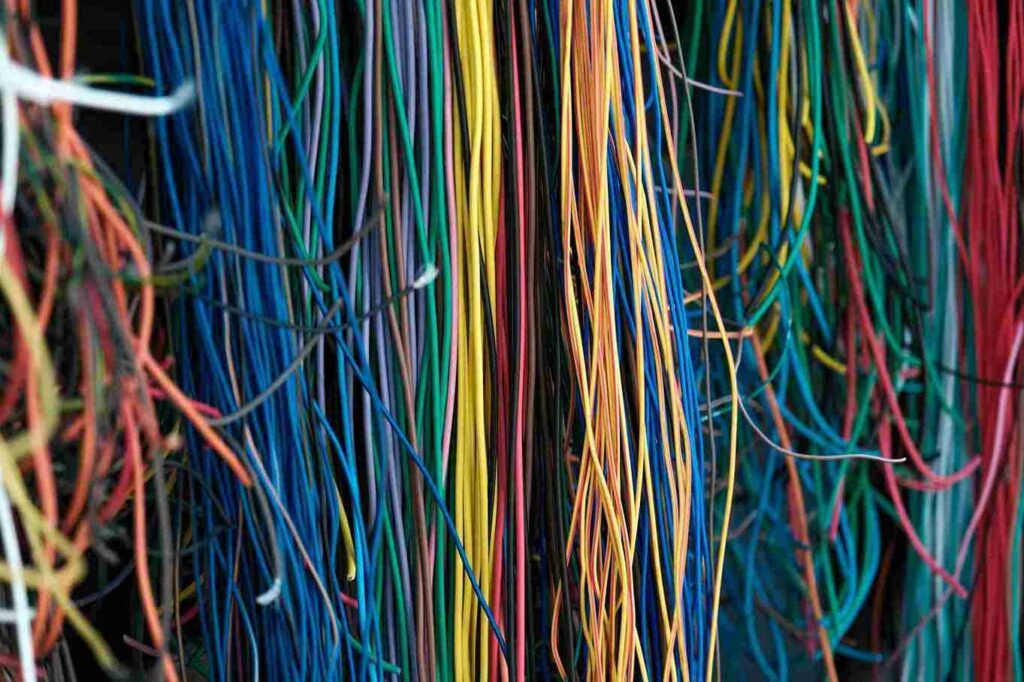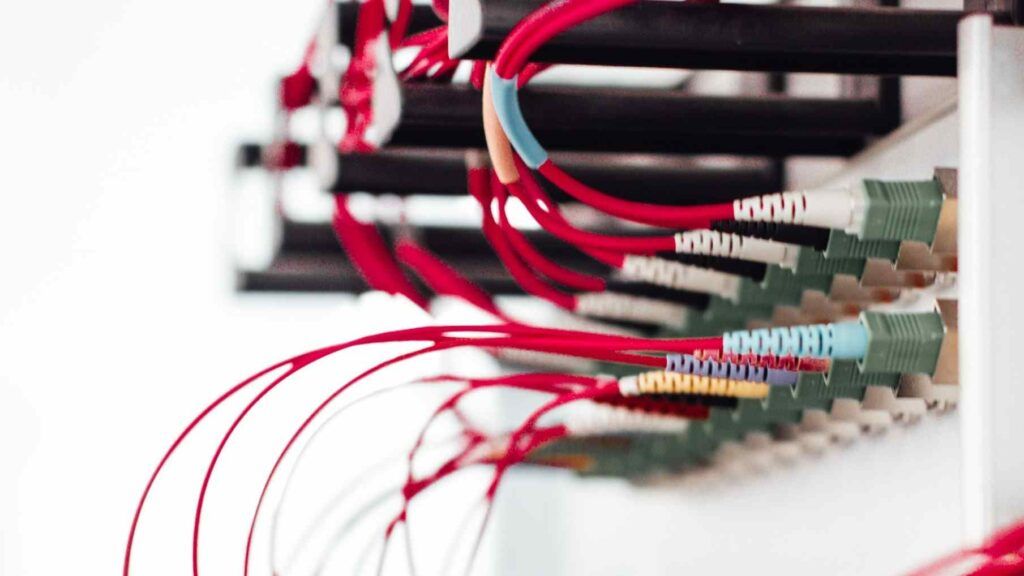With network connectivity now mission critical for enterprises, the structured cabling underlying IT equipment plays a crucial role. Yet making sense of technical specifications can be challenging to plan high-performing foundations supporting both current and future bandwidth needs.
This guide breaks down key elements in simple terms across:
- Cabling categories and capabilities
- Components comprising structured cabling
- Overview of design best practices
- Real-world implementation considerations
Follow along as we decode terminology and concepts around structured cabling standards.
Table of Contents
Structured Cabling Defined

In a nutshell, structured cabling refers to the standardized high-performance architecture of cables, connectors, spaces, and pathways unifying the entire network physical layer within a building. This system of components distributes connectivity across floors to work areas supporting phones, wireless access points, computers, printers and more.
Designed thoughtfully, structured cabling provides long-term flexibility allowing network upgrades, equipment additions and workspace reconfigurations down the line without ripping and replacing cable builds repeatedly.
What Are the Different Category Cable Standards?

At the heart of any structured cabling system lies the graded copper or fiber optic cabling routed across floors and ceilings. Key specifications to know around data cables include:
Category 5e (Cat5e) Cables
Cat5e cables handle Ethernet network speeds up to 1 Gigabit per second. Given widespread gigabit network device support today, they provide a cost-effective baseline for many business connectivity needs. Ideal for light data traffic branches.
Category 6 (Cat6) Cables
Cat6 cables enable 10-gigabit network speeds covering next-gen Ethernet devices for high bandwidth video, wireless access point backhaul and server interconnects. They are quickly becoming the new standard for future-focused enterprises.
Category 6a (Cat6a) Cables
Supporting the 10 gigabit rates of Cat6 but with improved data transmission quality, Cat6a works well across longer distances without needing signal boosters. Helpful for connecting across remote floor areas.
Category 7 (Cat7) Cables
Cat7 cables push bandwidth capacity to 100 gigabits to support emerging high-performance data center networks. But with limited equipment utilizing these cutting-edge Ethernet speeds currently, they primarily future-proof installs.
Understand your speed requirements both immediately and years down the line when choosing cable grades laying the physical foundations.
Elements Comprising Structured Cabling
Beyond cabling, optimized networks rely on standardized connectivity hardware and infrastructure elements including:
Patch Panels
Patch panels terminate cable runs, allowing easy connecting, disconnecting and rearranging of equipment ports using short patch cables without accessing wiring conduits. Well-labeled panels add immense flexibility supporting future changes.
Racks and Cabinets
Floor-standing equipment racks and data cabinets neatly house patch panels, network switches and servers, keeping port connections organized near user areas for convenient access when modifications are needed. Proper rack grounding also enhances security.
Telecommunications Spaces
Whether full telecom rooms or simple wall enclosures, standardized spaces centralize cabling home-runs aggregating multiple cable runs. This keeps structured cabling backbone implementations neat and consistent across floors for improved maintainability.
Methodical installations optimizing these elements in turn provide the backbone facilitating user access to vital business connectivity.
Why Do Structured Cabling Standards Matter?
Industry bodies like ANSI/TIA, ISO/IEC and CENELEC have established best practice standards around structured cabling – spanning cable grades suitable for varying Ethernet speeds to recommended design principles.
Adhering to standards ensures:
- Cable runs reliably handle expected network traffic levels
- Symmetric cabling paths without undue interference
- Headroom allowing future speed upgrades
- Interoperability with networking equipment
- Neat and accessible telecoms spaces aiding maintainability
Additional guidelines like the BICSI data center standard also provide comprehensive instructional manuals benefitting first-time and experienced installers alike on correctly implementing physicial network foundations.
Together these help construct high-performance connectivity supporting critical operations for years while keeping TCO reasonable as needs evolve.
Real-World Implementation Considerations
Well-planned structured cabling offers tremendous flexibility benefits in changing workplace environments. But success hinges on careful execution coordinated around enterprise business needs.
Be sure to:
- Plan Conduit and Pathway Accessibility – Cable trays, conduits and ladder racks should have adequate capacity for adding future cabling batches. Ease of access prevents signal-disrupting bends when upgrading infrastructure.
- Support Moves, Adds and Changes – Sufficient ports provisioned in patch panels, sufficient cable slack on runs and sufficient racks/cabinets should exist – facilitating staff moves/additions and endpoint equipment tweaks.
- Label Neatly and Keep Organized – Clean, orderly patch panels, cable markings and rack layouts greatly improve maintaining infrastructure. Document layouts properly for successor reference.
While structured cabling resides out of sight, thoughtful design directly uplifts network reliability and agility for ever-changing connectivity demands.
FAQs
Support for emerging high-speed Ethernet protocols, improved reliability, future-proofing for network evolutions, flexibility allowing office changes and optimized maintainability.
Category 6 for 10GbE speeds is quickly becoming the common choice to support WiFi 6 wireless access points, high-resolution security cameras, fast data center interconnects and other bandwidth-intensive emerging applications.
Provisioning adequate pathway capacity, sufficient patch panel ports, enough rack space and sufficient slack in cable runs simplifies augmenting infrastructure.
Cabling should be RF tested during installation and again whenever changes occur. Annual testing best practice verifies all capabilities still meet specifications.

